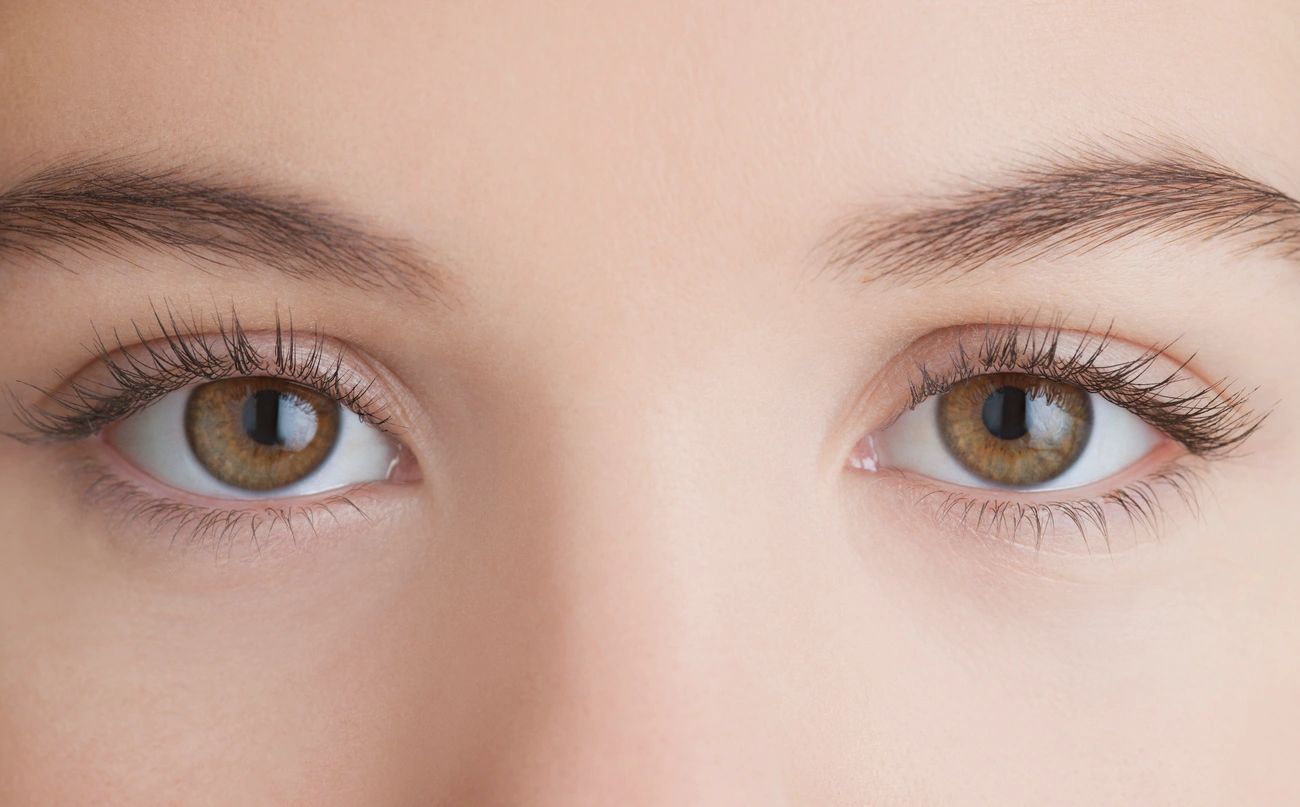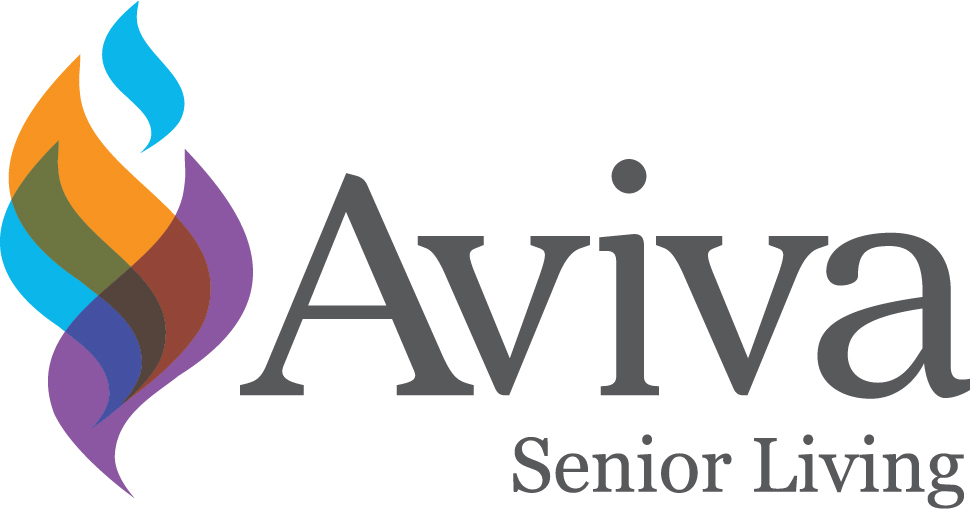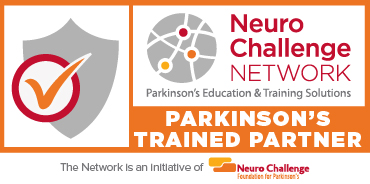One of the sure-fired ways I know winter is at my doorsteps is when I wake up in the morning and can’t read my clock because of dry, blurry eyes. I head to the basement, unpack the humidifiers, fill them with water, place them in strategic locations around the house and voila! The dryness is subdued! Sort of.
From the time we lay down our book on the nightstand and close our eyes to sleep, to the time we wake up in the morning to begin our day, we naturally use our amazing sense of sight to accomplish each and every task before us. Any eye irritation hinders these tasks and can frustrate our day, if left uncared for. If you don’t take some action, these symptoms can lead to vision problems and eye damage.
Dry eye disease is a condition that is caused by the lack of lubrication and moisture on the surface of the eye. Over 38 million (and quickly rising) Americans suffer from this ailment.
Here is a list of some dry eye symptoms you may have experienced:
Symptoms of Dry Eye Disease:
- A stinging, burning, or gritty feeling in the eye
- Excess watering of the eyes followed by periods of dryness
- Stringy discharge from the eye
- Blurred vision
- Redness of the eye
- Sensitivity to light
- Difficulty with reading or working at the computer for prolonged periods of time
A lot of these symptoms may be treated and controlled through proper eyelid hygiene. Every morning my regimen consists of taking a very warm wet wash cloth and holding it to my eyelids for at least 60 seconds. This helps to keep the eye lid pores unclogged and ready to make those tears I will surely cry when I’m reading a touching novel.
Of course, the senior population is especially prone to cases of dry eye disease. Underlying health-related issues such as lupus, diabetes, arthritis, and thyroid-associated diseases are more susceptible to eye complications. The rising dependence on technologies for various day-to-day activities, particularly among the millennial and the Gen-Z population, is increasing the cases of dry eye disease due to the strain caused by prolonged screen exposure.
Smartphone usage is another culprit of dry eye complications. This trend was elevated during the COVID-19 outbreak in 2020, which escalated the dependency on digital technology for working, shopping, and socializing as remote work conditions and stay-at-home orders dominated our lifestyles. In addition, wearing masks for a long period of time also led to a surge in dry eye conditions by forcing air over the eye surface.
Treating your particular dry eye problem may be as simple as purchasing over-the-counter artificial tears, which can be used frequently throughout the day. Try to avoid dry conditions and breaking up your on-screen work/play time. And, never forget your diet! Get plenty of vitamin A (found in foods like carrots, broccoli, and liver) or omega-3 fatty acids (found in fish, walnuts, and vegetable oils).
Please remember to always contact your doctor’s office if you have a chronic illness and are developing dry eye symptoms. The older we get, the more we should be enhancing our physical and mental senses. Let’s wake up in the mornings and do our best to live to our fullest!
Need some help with navigating the health care system? Youthful Aging Home Care offers Nurse Advocate certified by Johns Hopkins School of Nursing to Guide clients in self-managing their care and navigating the often complex health system.
Guided Care ® plan is a proven comprehensive care plan which integrates input from the nurse and the primary care providers and the patient. This plan works especially well for the high-risk people, such as Parkinson’s disease patients. For more information about how Guided Care® can help you, contact Youthful Aging Home Care.
Dry Eye Syndrome Report 2024 – reference
Lani Kelly is a research writer for Youthful Aging Home Care










